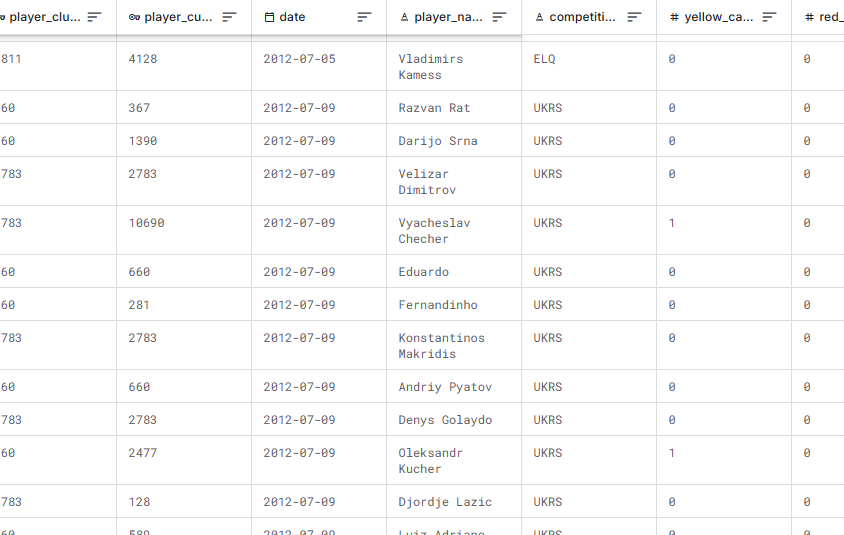
How Data Revolutionizes Soccer Coaching
Imagine you’re a soccer coach preparing for a crucial match. You’ve analyzed your team’s strengths, but predicting the opponent’s tactics feels like guesswork. What if technology could provide precise predictions to refine your game plan?
Machine learning is transforming soccer by analyzing complex datasets, offering insights that were once the domain of intuition. A recent study highlights advanced machine learning techniques that predict match outcomes and scoring trends with unprecedented accuracy. This blog translates those findings into actionable strategies for soccer coaches, players, and club leaders.
What the Research Says: The Science Behind the Game
A groundbreaking study applied machine learning models to predict soccer outcomes, focusing on leagues like the Dutch Eredivisie, Belgian Jupiler Pro League, and Scottish Premiership. The models didn’t just crunch end-game stats—they incorporated real-time data like halftime scores and player performance. This approach offered insights for:
- Match Results: Predictions about wins, losses, and draws.
- Goal Trends: Insights into whether matches would see over or under 2.5 goals.
The study’s key takeaway? A Feedforward Neural Network (FNN) excelled at predicting match outcomes, while Logistic Regression dominated predictions about goal trends. Combining techniques in an ensemble approach proved even more powerful, boosting accuracy across the board.
Breaking It Down: Why This Matters to Your Team
1. Predictive Analytics in Training
Understanding game outcomes helps coaches tailor training sessions. For example:
- If a model predicts a high-scoring game, coaches might emphasize defensive drills.
- For predicted low-scoring games, focus could shift to exploiting narrow scoring opportunities.
Practical Tip: Use past match data to identify patterns in your team’s performance. Software tools that integrate machine learning can help analyze trends specific to your league.
2. Tactical Decisions During Matches
Real-time predictions, like halftime scores, empower coaches to make smarter substitutions or tactical shifts. For instance:
- A close game? Introduce players who excel under pressure.
- Losing momentum? Adjust formations to counteract the opponent’s strategy.
Practical Tip: Partner with analytics platforms that provide in-game insights, ensuring your tactical changes are grounded in data, not just intuition.
3. Scouting and Recruitment
Machine learning models highlight key performance indicators (KPIs) like player endurance, passing accuracy, and defensive strength. This helps clubs:
- Scout talent aligned with team strategies.
- Avoid over-investing in players who don’t fit the team’s tactical framework.
Practical Tip: Use predictive tools to simulate how potential recruits might perform under your team’s play style and formation.
Key Takeaways for Coaches and Clubs
Here’s how to apply machine learning insights for tangible results:
Boost Training Effectiveness
- Analyze Training Gaps: Identify weaknesses by comparing current performance against predictive benchmarks.
- Tailored Drills: Design drills that mirror high-pressure match scenarios highlighted by predictive models.
Enhance Player Health and Performance
- Prevent Overuse Injuries: Use workload predictions to adjust training intensity.
- Optimize Recovery: Schedule rest days based on player performance data to sustain peak fitness.
Improve Club Development
- Strategic Decisions: Use data to set long-term goals for club growth, from youth development to elite performance.
- Fan Engagement: Leverage predictive insights for interactive fan experiences, such as match-day predictions and live stats.
Broader Implications: The Future of Soccer Analytics
The study demonstrates that predictive analytics isn’t just a tool for elite clubs; it’s a transformative resource for all levels of the game. By integrating these techniques:
- Grassroots programs can optimize youth development.
- Semi-professional teams can compete more effectively.
- Professional clubs can refine strategies and enhance fan engagement.
These models are especially impactful in addressing challenges like class imbalance in soccer data (e.g., frequent wins vs. rare draws). Advanced techniques such as SVM-SMOTE ensure predictions remain reliable even with skewed datasets.
Your Turn to Kick It Off
Now it’s your time to act. Reflect on these questions and share your thoughts below or on social media:
- How can your team benefit from predictive analytics during training or matches?
- What data do you currently collect that could be enhanced with machine learning?
- Which model—Feedforward Neural Networks or Logistic Regression—do you think would best address your club’s needs? Or, if you can do neither, reach out to us!
Let’s discuss how these cutting-edge tools can take your soccer strategies to the next level. Share your ideas in the comments or tag us in your posts!
Are you ready to delve deeper into the science and strategy of soccer?
This Week in Soccer offers you a unique blend of expert analysis, engaging infographics, and practical insights. Subscribe to our newsletter and stay ahead of the game with the latest in soccer analytics and coaching strategies. Make the move from spectator to strategist. Subscribe now!



